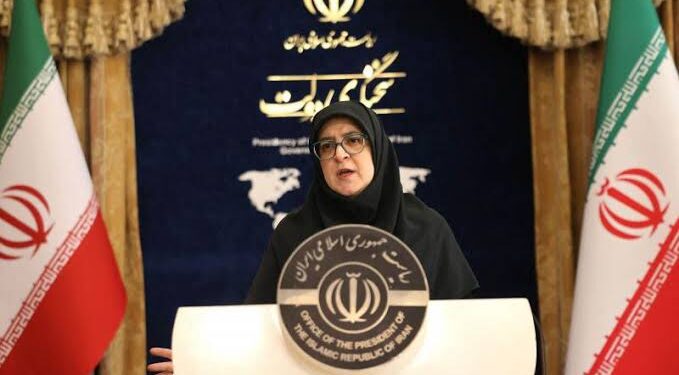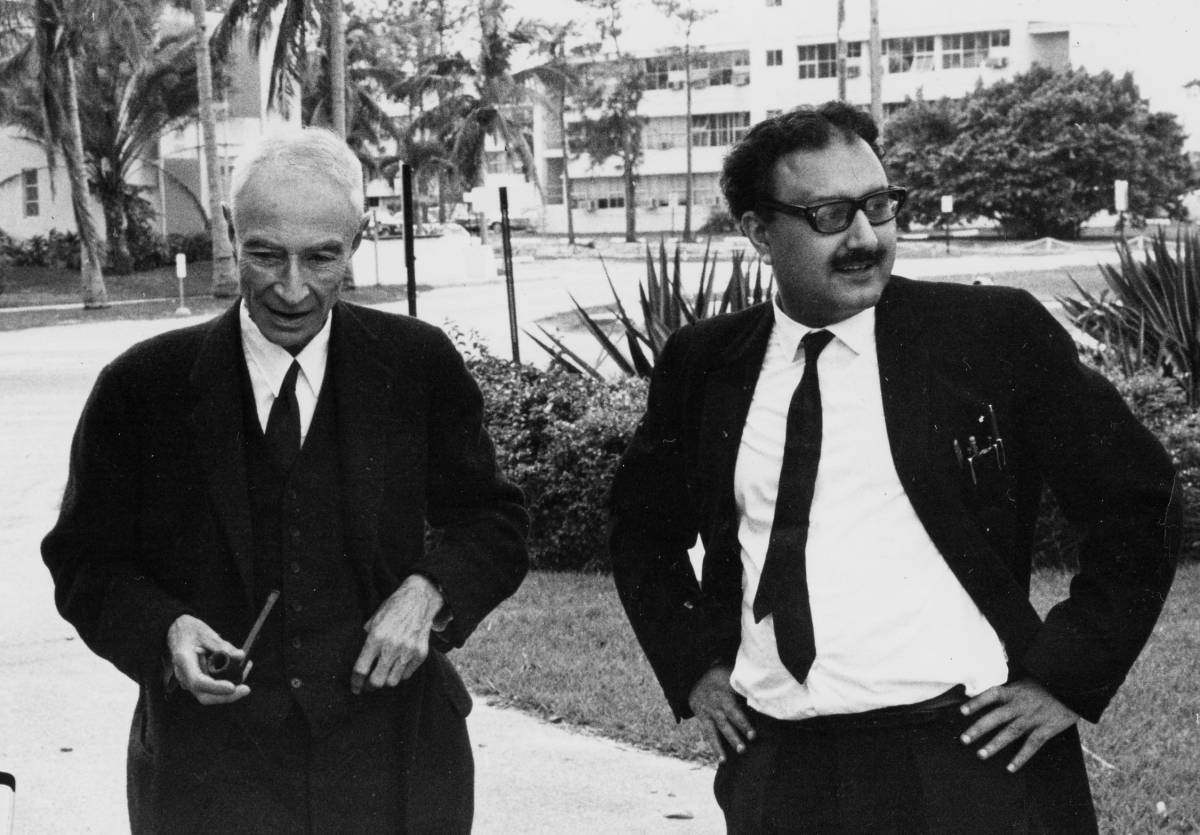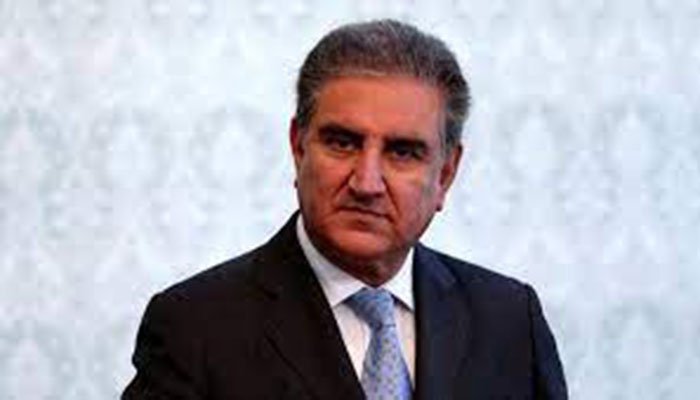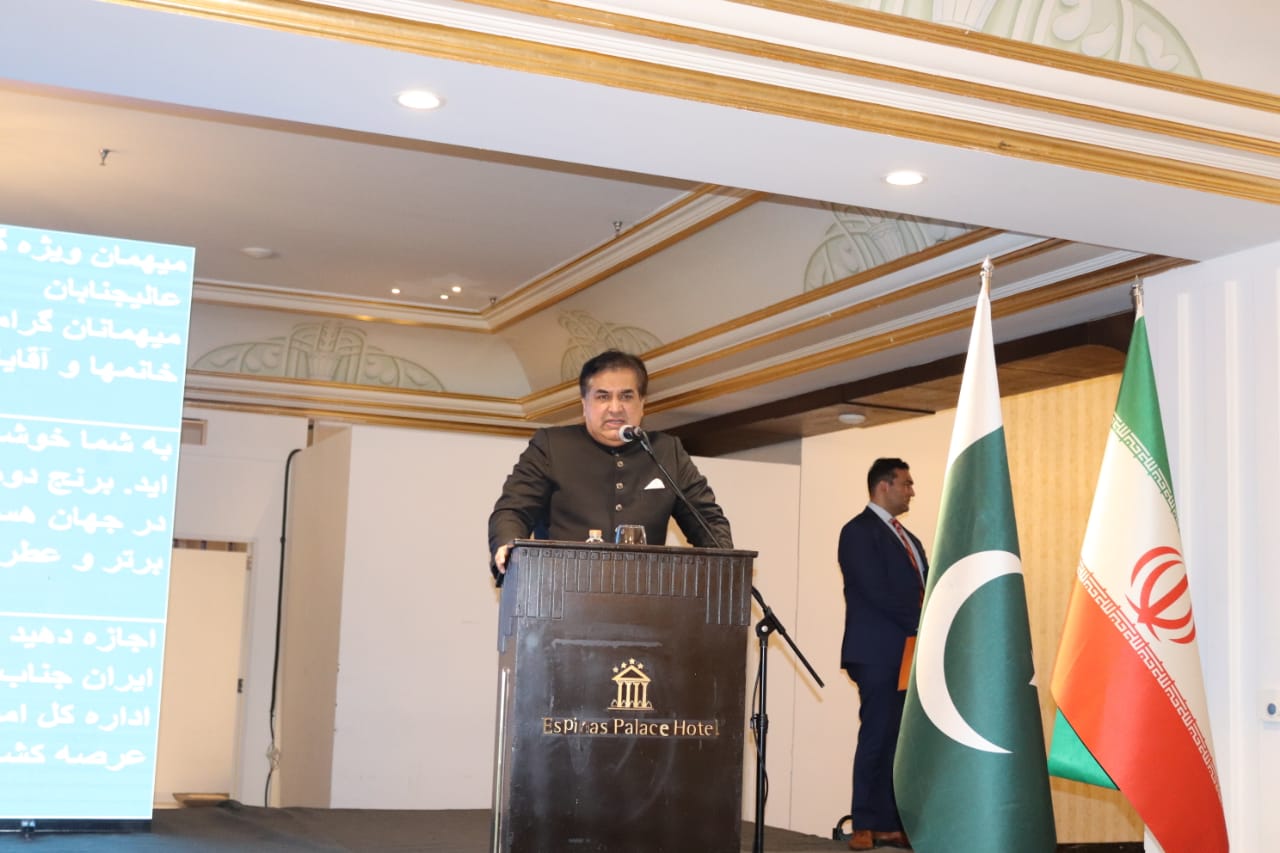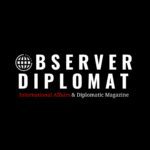Iran has expressed support for the creation of a unified BRICS currency. However, it emphasized that this backing depends on a consensus among all member nations. Fatemeh Mohajerani, the government spokesperson of Iran, stated that the country would approach the issue based on national interests. She made the remarks during a weekly press briefing, as reported by Tass.
“If BRICS member-countries come to a consensus to use a single and unified currency, we are all for it. We will proceed from national interests,” she said.
Iran’s stance aligns with its broader strategy of reducing reliance on the U.S. dollar. The country has been actively seeking alternatives due to sanctions and economic restrictions imposed by Western powers.
Mixed Opinions on a Unified BRICS Currency
The idea of a single BRICS currency has sparked debates among member nations. While Iran has signaled its willingness, other members remain cautious. Russian officials have downplayed any immediate plans for a shared currency.
Kremlin spokesman Dmitry Peskov clarified that BRICS is not actively working on a unified currency. Instead, the bloc is focusing on increasing trade settlements in local currencies. BRICS members are also exploring common investment platforms in third countries.
The proposal for a joint currency has gained momentum due to concerns over U.S. dollar dominance. Some BRICS nations seek alternatives to avoid economic vulnerabilities tied to U.S. policies. However, practical challenges such as economic disparities and political differences make the idea difficult to implement.
U.S. Response and Potential Economic Impact
The U.S. has responded strongly to the prospect of a BRICS currency. Former President Donald Trump warned of 100% tariffs on goods imported from BRICS nations if they shift away from the dollar. His statement reflects concerns about threats to the dollar’s global influence.
The U.S. dollar has been the world’s primary reserve currency for decades. Any alternative system from BRICS could disrupt global financial structures. However, experts argue that replacing the dollar would require deep financial coordination among BRICS nations.
BRICS Strategy: Local Currencies Over a Single Currency
Despite discussions on a unified currency, BRICS is currently focused on expanding economic cooperation through other means. The bloc has been increasing trade in local currencies instead of using the dollar. This approach allows members to strengthen their financial independence while avoiding the risks of a shared currency.
Countries like China, India, and Brazil have already taken steps to settle trade deals in their respective currencies. Russia has also pushed for de-dollarization in response to Western sanctions. These efforts indicate a shift in global economic strategies but do not yet confirm a move toward a single BRICS currency.
Challenges Ahead for a BRICS Currency
Creating a unified currency would require a high level of coordination among BRICS members. The bloc consists of diverse economies with different monetary policies. Differences in inflation rates, political priorities, and economic structures could pose major obstacles.
For now, Iran’s willingness to support the initiative highlights its broader strategy of financial independence. However, the realization of a BRICS currency remains uncertain. The bloc will likely continue exploring alternatives to the dollar while avoiding the complexities of full monetary unification.
Related Stories:
Which Two BRICS Nations Officially Agree To Ditch the US Dollar For Trade?
BRICS+ and G20: Competing or Collaborating for the Global South?

